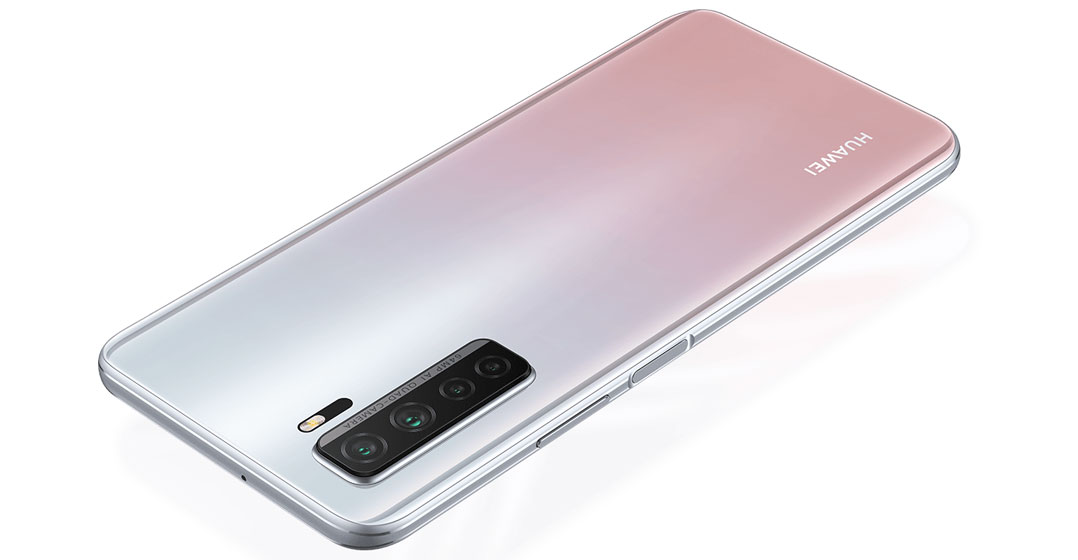
There is a word that can be easily used to define 5G – hype. It’s been hyped as the connectivity solution that will bring about the futuristic advent of the self-driving car. It’s the technology that will connect trains to lights to cars to systems. It will transform efficiencies and the world.
While all these examples are true, they are not the only real-world use cases. Globally, the 5G narrative has focused on the headline-grabbing technologies, but this is not the full story of 5G’s potential. The real value of 5G, especially in a developing nation like South Africa, lies in people, change, price and access.
“Of course, self-driving cars are dominating conversations, but this isn’t a reality that the general population will experience,” says Akhram Mohamed, Consumer Business Group chief technology officer at Huawei South Africa. “In South Africa, we live in one of the most unequal societies in the world – people don’t have access to water and sanitation. Locally, the conversation needs to focus on how 5G can build new economies and opportunities and change the inequalities inherent in the country.”
Wait, what?
In 2001, the first 3G network was launched by NTT DoCoMo, and in 2009, 4G was first deployed in Stockholm, Oslo, Norway and Sweden. Each iteration of these mobile networks brought significant economic impact with measurable positive outcomes for countries and societies.
According to the World Economic Forum, mobile services have the potential to fundamentally impact a country’s economy by providing mobile data services to businesses and consumers. In fact, research from the WEF report found that the countries with a “10% higher 3G penetration between 2008 and 2011 saw an increase in their average GDP per capita growth rate of 0.15 percentage points”. In short, countries with a higher number of connections saw better GDP growth than those with low penetration rates.
Which means that yes, 5G can and will have a fundamental impact on society, the economy and inequality. But this is not an out-the-box solution; it requires commitment from the public and private sectors to ensure penetration is high and access is equal.
“The primary barrier for 5G is access,” says Mohamed. “Just look at fibre — it’s fast and brilliant but it’s expensive and has limited reach. It takes a long time to install and it will take a very long time for this to become truly accessible. We cannot have this problem with 5G – it has to be available to all. If a large percentage of the country is connected to 5G, then there is so much that can be achieved with the technology.”
When 5G is combined with lower latencies, greater reach and real-world use cases, it can shift some of the biggest challenges facing the country. It can be implemented in telemedicine – connecting rural areas to medical professionals and bypassing the chronic shortage of physicians. It can improve education by allowing for Internet access, multiple teaching resources and greater reach into the furthest corners of the country. And it has additional use cases in agriculture, manufacturing, supply chain and healthcare. If 5G has reach, it can improve livelihoods and this potential, the potential to move people out of poverty, is what the 5G conversation should be about.
Improving lives
“Self-driving cars aren’t going to be a reality for a long time, and frankly it shouldn’t be prioritised over the ability to provide people with access to clean water, to treat people in rural areas, and to improve the quality of education,” says Mohamed. “This is particularly relevant right now. Unemployment rates have risen dramatically because of the pandemic but if we had broad access to 5G, then people could use this technology to market their skills or start businesses. 5G and complementary technology will help to improve employment statistics.”
The ability to expand resources and services online gets results. Takealot has shown growth rates of 400%, and the Huawei e-commerce platform grew by 805% in one quarter. Globally, people have adapted to working from home and it’s unlikely that every individual and company will return to the old ways of working. The future is uncertain in many ways except for connectivity.

“We’ve heard the conspiracy theories and the scaremongering, but the future is 5G and governments and companies need to put systems and platforms in place to ensure it is accessible and affordable for everyone,” says Mohamed. “We’ve introduced a 5G product in the medium price band to allow for more people to get access to the technology. Many brands have made their 5G offerings into their flagship devices, which is expensive and out of reach for many people. We can now provide 5G as a medium-level entry product today with the goal of providing an entry-level solution in the next six to 12 months. This will ensure that we can drive 5G forward by making it more affordable.”
Can 5G gain deeper traction than its predecessors? Can it become the affordable and accessible solution that South Africa needs? The answer lies the ability of service providers, manufactures and government to collaborate with one another to roll out the technology, keep pricing down and increase the spectrum for greater reach. For now, however, the Huawei P40 lite 5G device is 5G enabled, mid-market, accessible and affordable, which is a great place to start, Mohamed says.
- This article was paid for by the party concerned




